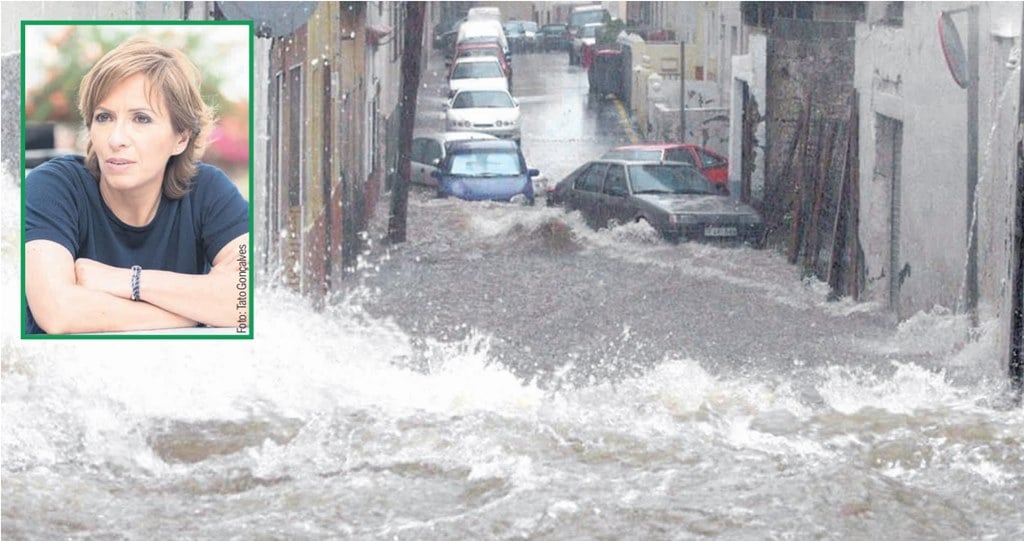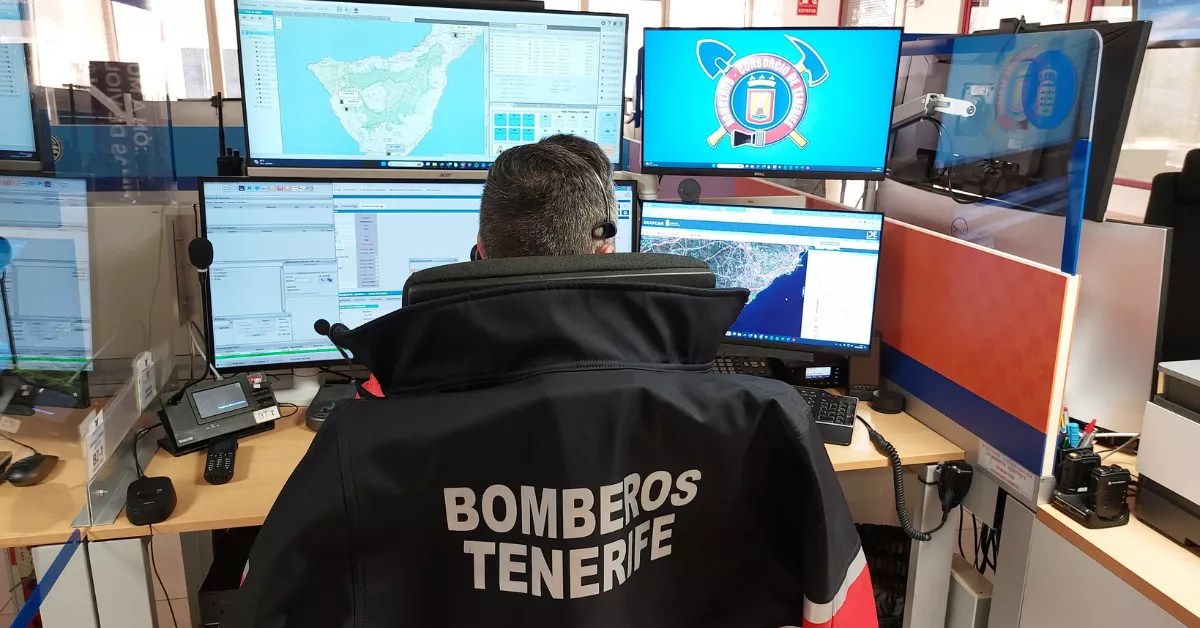
It was Easter Sunday. Easter was over and numerous citizens undertook the return operation. That March 31, 2002, the media opened the news with the announcement by ETA of ruling out a truce and “continuing to work hard”. At the international level, the United Kingdom was still shocked by the death, the day before, of the Queen Mother, and Israel ordered the fight “without quarter” against the Palestinian areas in response to the latest attacks. Locally, Javier Clemente’s Tenerife, last classified in the First Division, clung to mathematics to save the category.
But suddenly, the perfect storm arrived. In the early afternoon he began rain over Santa Cruz and La Laguna. Although the meteorological models announced the risk of precipitation, nothing foreshadowed the torrent of water that would unload on the metropolitan area in the following hours. Starting at 4 in the afternoon the sky broke and up to 204 liters per square meter fell in just two and a half hours, according to official data from the State Meteorological Agency (then the National Institute of Meteorology), an unprecedented record in such a short space of time.
“In almost three hours, the same amount of water that falls on Santa Cruz in a whole year (233 liters per square meter) was recorded. In those 24 hours, 232 were recorded and the most significant data was the 130 liters that fell in just 60 minutes, a record for accumulated rain in the entire country, until it was surpassed in 2018 by the province of Castellón with more than 150 liters,” he explained. a DAILY OF NOTICES Vicky Palma, head of Meteorology of Radiotelevisión Canaria.
Riada in Santa Cruz and a cumulonimbus from six kilometers
The cause of the unprecedented phenomenon that baffled meteorologists was the action of an Isolated Depression at High Levels (DANA), also known as a cold drop, which gave rise to the anchoring of a cumulonimbus (storm cloud with vertical development) over the Anaga massif. of more than six kilometers, that is to say, almost double the height of the island of Tenerife.
Vicky Palma recalls that the DANA did not initially seem to register as much potential, “but a change in the surface wind flows caused the generation of the cloud anchored in the surroundings of the Anaga massif, which acted as a trigger”. In addition, she pointed out that the storms fed on each other: “One would discharge and another would activate, until the surface wind flow changed direction and the storm disengaged.”
The orography transformed the streets of Santa Cruz into furious rivers that dragged cars, uprooted trees, destroyed urban furniture and, unfortunately, took the lives of eight people. The last of the victims, disappeared in San Andrés, was located a week later off the coast of El Médano. About thirty people were injured.
The fierce storm, accompanied by an electrical device, forced the evacuation of more than half a thousand residents from their homes in the neighborhoods of La Alegría, Valleseco, María Jiménez, Cueva Bermeja, San Andrés, Igueste and Ifara. The Fairground had to be enabled as an emergency camp to accommodate the victims.
A total of 700 houses were destroyed, 500 commercial establishments were affected and more than 1,000 vehicles ended up as scrap metal. A first evaluation quantified the damage at 100 million euros. Up to 60,000 schoolchildren in the metropolitan area were left without classes for several days. 80% of the capital of Tenerife lost electricity supply and almost half were left without water.
The multicellular cloud structure caused the collapse of the emergency services and 1-1-2 was cut off for a couple of hours. 100,000 telephone lines fell and only the radio stood the test thanks to generators that kept the population informed of the catastrophe. Paradoxically, at the time when the storm unleashed all its fury on Santa Cruz and La Laguna, good weather prevailed in the north and south of the island.
The Canary Islands Government decreed three days of official mourning and the Santa Cruz City Council suspended the May Festivities. The State urgently approved a royal decree of aid for those affected and the Cabildo activated a package of emergency measures that included the delivery of 2,000 euros to each affected family. On successive days, more funds were allocated from the regional Executive, the Santa Cruz City Council and the island institution itself. A month after the event, King Juan Carlos visited the most affected areas.
48 hours after the great downpour of water, fissures were detected in a pond located in the upper area of Residencial Anaga, which forced the evacuation of three buildings, although the tank could be emptied without major consequences.
The head of Meteorology of RTVC pointed out that statistics indicate that episodes of 100 liters per square meter in a margin of 24 hours over the capital of Tenerife occur every 35 years on average, although she recalled that this amount was touched in 2010 and exceeded in 2014, in a flood in which a woman died on Venezuela Avenue. Vicky Palma pointed out that as a result of 31-M and the tropical storm Delta, three years later, the Canary Islands approved in 2007 the Specific Plan for Civil Protection and Emergency Attention due to the Risk of Adverse Meteorological Phenomena, and Santa Cruz created the group of volunteers of Civil Protection.
That fateful episode of March 31, 2002 will remain forever in the memory of the people of Tenerife. Twenty years later, it is hard to forget the unbearable silence, disturbed by the sirens, that embraced the badly injured city when it stopped raining. A gloomy calm took over everything until the passing of the hours brought the noise of shovels, tractors and generators.
















